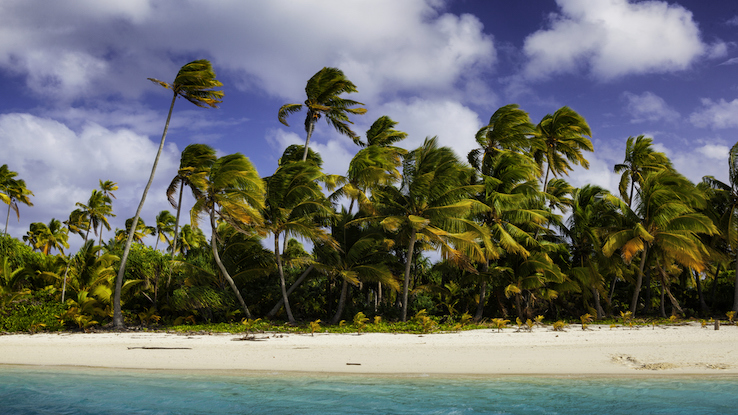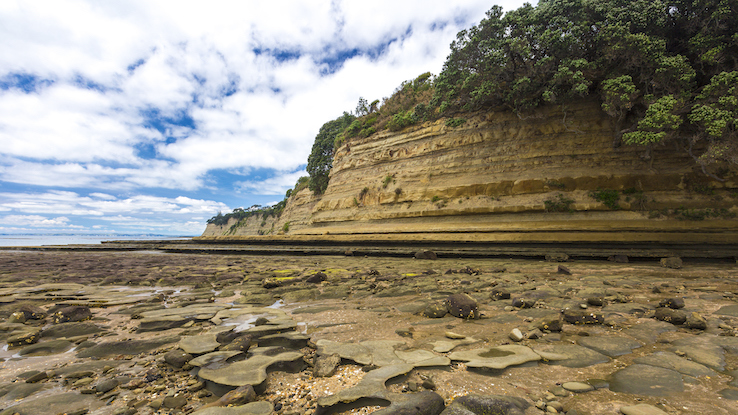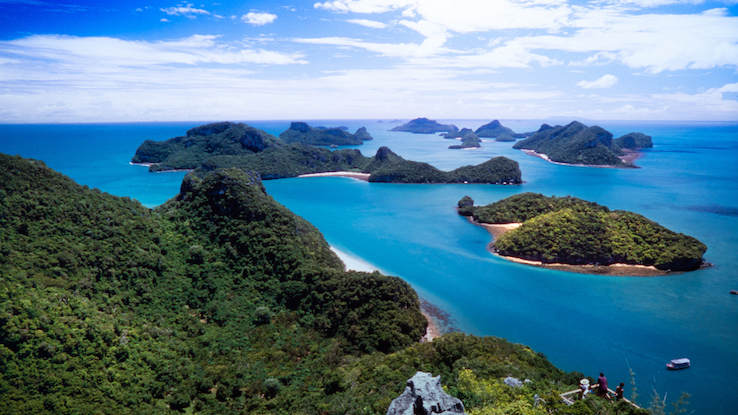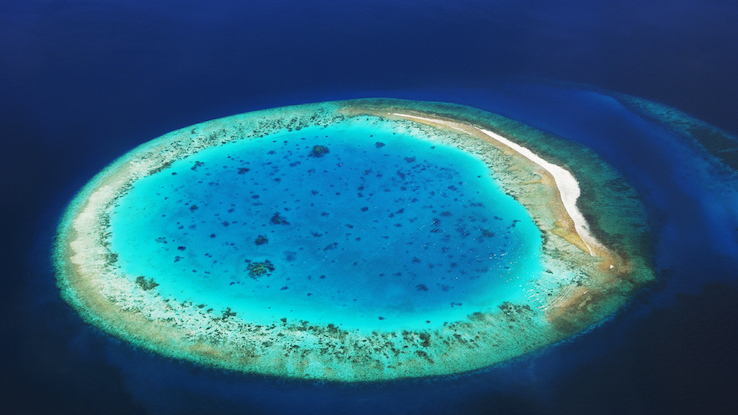5 Deserted Islands, Interesting Facts & Climate Change Effects

How many islands are there on earth? No one knows for sure. It is estimated that there are about 670,000 islands, and only 110,000 are inhabited. The rest are deserted or uninhabited by humans.
Deserted islands are conservation oases. Even with human interaction, islands have proved to be biodiversity hotspots. In some cases, you’ll only find certain plants and animals on specific islands. For instance, the Sumatran tiger is only found on the Indonesian island of Sumatra. The most famous island in the world for the eco-conscious community is Galapagos Island, which influenced most of Charles Darwin’s remarkable work.
Islands are interesting ecosystems. Let’s look at five deserted islands in the world, facts about them, how they’ve been affected by climate change and why these islands are uninhabited.
Auckland Island

Auckland Island is found in New Zealand. It’s one of five of New Zealand’s sub-Antarctic islands, popularly known as Disappointment Island and the site of several shipwrecks. Although it’s now deserted, there have been previous failed attempts at human settlement. The most notable is the 20-year settlement of the Māori.
Auckland Island is a UNESCO World Heritage Site due to its rich biological diversity. Five seabird species breed on these sub-Atlantic Islands, and nowhere else in the entire world. A total of 126 bird species call this island home. Auckland Island’s rich biodiversity also encompasses the marine environment. Consequently, the UNESCO World Heritage Site status covers both the island and the 12 nautical miles of ocean surrounding it.
Islands have higher extinction rates compared to other ecosystems. Climate change is one of the drivers of this problem. The endangered New Zealand sea lion, which is only found here, is at risk of extinction. The red-billed gull is one of the most common seabirds on Auckland Island, and it’s unfortunately experienced a 50% decline since 1983 due to climate change. The yellow-eyed penguin suffers the same fate.
Mu Ko Ang Thong

Mu Ko Ang Thong is a marine national park in Thailand that consists of 42 islands. These 42 islands total 19 square miles of land and 20 square miles of water. The park was established in 1980. By law, no industrial or human activity is allowed in the national park, as it is protected as a site of conservation.
Mu Ko Ang Thong is recognized as an important wetland under the Ramsar Convention. Unlike other parks where tourists can visit corals, Mu Ko Ang Thong doesn’t offer this experience. The shallow water coupled with sedimentation from the Tapi River has darkened the water, making it impossible for coral to survive.
Mu Ko Ang Thong has unique flora such as the endemic lady slipper. It’s also home to whale sharks, green sea turtles and the Pacific humpback dolphin. As with a number of other sensitive ecosystems, climate change has directly impacted the health and levels of biodiversity within the marine park. The rise of sea levels and stronger storms caused by climate change pose a direct threat to natural habitats and species survival.
Cocos Island

Cocos Island is a famous deserted island found off the coast of Costa Rica. Its two natural harbors Chatham Bay and Wafer Bay were popular treasure hideouts for pirates. Consequently, the island is famously known as Treasure Island. Cocos Island is also a national park, recognized as a UNESCO World Heritage Site. This is because of its tropical rainforest and rich cultural and historical value dating to the 18th century. Cocos Island is also the inspiration behind Jurassic Park and Treasure Island.
Cocos Island is so rich in biodiversity that it’s been nicknamed “Little Galapagos.” Species commonly found here include yellowfin tuna, hammerhead sharks and giant manta rays. The warm temperatures and wet climate create a tropical environment that’s responsible for its rich biodiversity.
Unfortunately, climate change has had a negative impact on this biosphere. Despite this, Cocos Island still has one of the healthiest and diverse coral reefs in Costa Rica. Sadly, warmer temperatures due to climate change may lead to the loss of coral reef species. This means that wildlife reliant on the coral reef for shelter may die out.
Tetepare Island

Tetepare Island is found in the Solomon Islands. Tetepare is a UNESCO World Heritage Site. It’s the largest deserted island in the South Pacific. It has been deserted for more than a century and a half, marred by mysterious stories. Fortunately, humans live on neighboring islands. You may visit to learn about their culture and support their local businesses.
The lack of human influence means that wildlife is thriving at Tetepare Island. It’s an important breeding site for the endangered leatherback turtle. Green turtles, prehensile-tailed skink, sharks, crocodiles and dugongs also thrive here. Sustainable tourism is possible due to the ecolodge built with sustainable, earth-friendly materials. Only a maximum of 16 guests are allowed at any one time at the property, limiting human impact. Climate change may disturb this ecosystem’s coral reefs, which are some of the most diverse globally.
Aldabra Atoll

Aldabra Atoll is an isolated and inaccessible island in the Seychelles. Its distance from land is the primary reason for it being deserted. Humans almost interfered in the 1960s when the British Ministry of Defense considered developing a Royal Air Force staging post here.
What it lacks in human presence, it makes up for in wildlife biodiversity. It’s ecologically significant, as it’s the only location in the world that hosts giant tortoises. It’s also a UNESCO World Heritage Site. There are only two oceanic breeding sites for greater flamingos in the world. Aldabra Island is one of them, making it a Ramsar site.
The seclusion has made Aldabra Atoll a haven for biodiversity, hosting over 400 endemic species free of human interference. Critically endangered hawksbill turtles, White-Throated Rail and green turtles are among the extraordinary animals that call the island home. Unfortunately, humans have managed to affect wildlife populations here through human-induced climate change. Warmer temperatures are reducing coral reefs at Aldabra.





